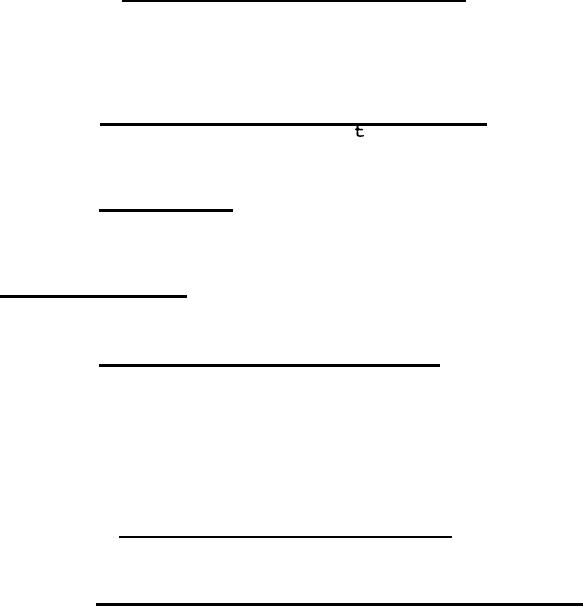 |
|||
|
Page Title:
Functioning of electronic circuitry |
|
||
| ||||||||||
|
|  MIL-P-48189D(AR)
3.4.6 Molding material intrusion test. After molding into a
test brick, the sensor assembl y when subject to 250 + 25 psig for 1
second maximum and while at a temperature of 75 + 10F, shall
release the cap, sleeve and bobbin assembly when Tested as specified
in 4.5.7.7. The sensors shall meet the sampling requirements as
defined in 4.4.4.
3.5 Functioning of electronic circuitry. After molding into
the Housing, Timing and Fuzing, he electronic circuitry of the
Housing, Timing and Fuzing shall be tested as specified in Appendix
A.
3.6 Mine loading. All non-hazardous mines shall be loaded and
packed at a Government approved loading facility for final lot
acceptance testing.
3.7 Temperature control during molding and cure of housing,
timing and fuzing. The Housing, Timing and Fuzing shall not have
been subjected to temperatures exceeding 165F at any time when
examined as specified in 4.5.11.
3.8 Soldered electrical connections. Soldered electrical
connections on the fol lowing assembl ies shall comply with
MIL-STD-2000 l
Printed Wiring Board Assembly
9298495)
(
Dwg
.
Preform and Sensors Assembly
12927051)
(
Dwg
.
Preform Assembly
(
Dwg
.
12927051)
9298450)
Housing, Timing and Fuzing
(
Dwg
.
Switch Assembly (Terminals)
(
Dwg
.
9298512)
3.8.1 Breakwire soldered connections. The breakwire soldered
connections on the sensor assembly (dwg. 9298569) shall comply with
the requirements of 4.5.7.6 and MIL-STD-2000.
3.9 Void criteria for housing, timing and fuzing. Voids with
dimensions larger than 1/8 i nch across by 1/16 inch deep are not
allowed except within the large cavity below 1/4 inch from the open
end where voids with dimensions greater than 1/4 inch across by 1/4
inch deep are not allowed. In addition, voids in the ss&A and
penthouse area of ball cavity allowed to maximum dimension of 1/8
inch across by 1/8 inch deep, except the booster pocket must be
intact.
Comparison photographs or visual standards may be used to
establish visual accept/reject criteria for voids as approved by the
Contracting Officer.
5
|
|
Privacy Statement - Press Release - Copyright Information. - Contact Us |